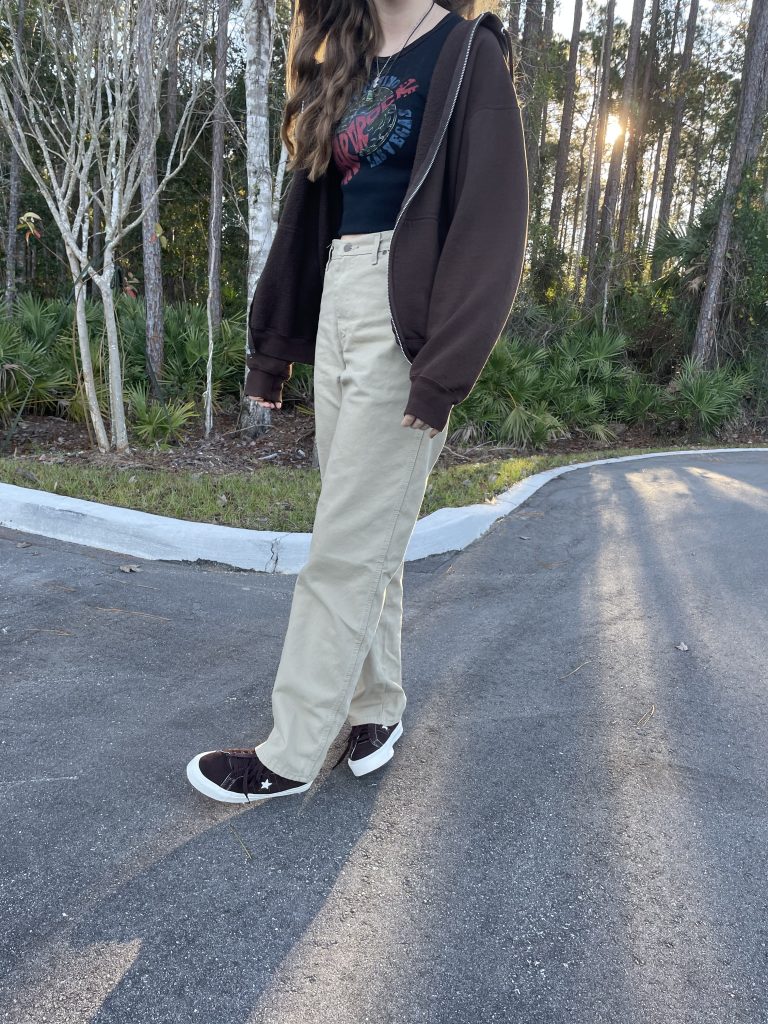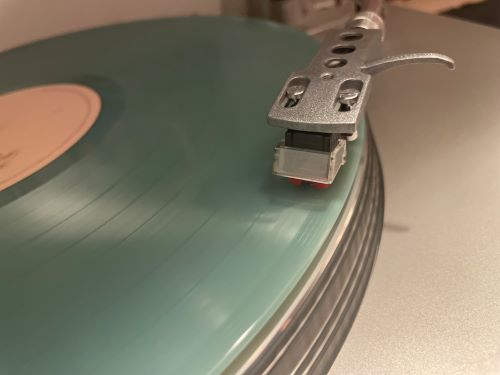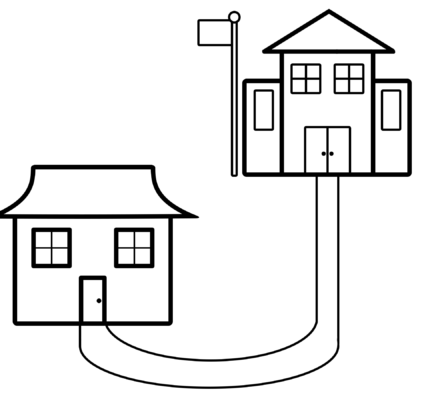By Remy Cush
Old vintage sweaters and big baggy jeans are just a small reward of the thrifting craze that has caught more popularity over the past few years. Buying second hand clothing and other items can help save a lot of money, when comparing prices to big name brands as well as the original value. Goodwills, Platos closets and small local thrifts are filled with hidden gems, but they may take some work to find. Despite the challenges that come with searching for the ideal items, thrifting allows people to come across copious unique pieces that may not have been anticipated. The art of thrifting allows for people to develop personal style and express their creativity, without having to be as concerned with pricing.
Despite the challenges that come with searching for the ideal items, thrifting allows people to come across copious unique pieces that may not have been anticipated.

Thrifting is not only beneficial towards the bank, but also towards the environment. Buying second hand lessens the contribution towards landfill, pollution and depletion of resources (serc.berkeley.edu). Many brand name stores that have become popularized, such as Urban Outfitters, are labeled “fast fashion” and don’t necessarily utilize the most sustainable production processes. As opposed to these methods, thrifting is a much more sustainable way of purchasing clothing and other items, such as furniture. Although second hand shopping won’t resolve the entirety of issues presented by this industry, it serves as a much more sustainable alternative.





